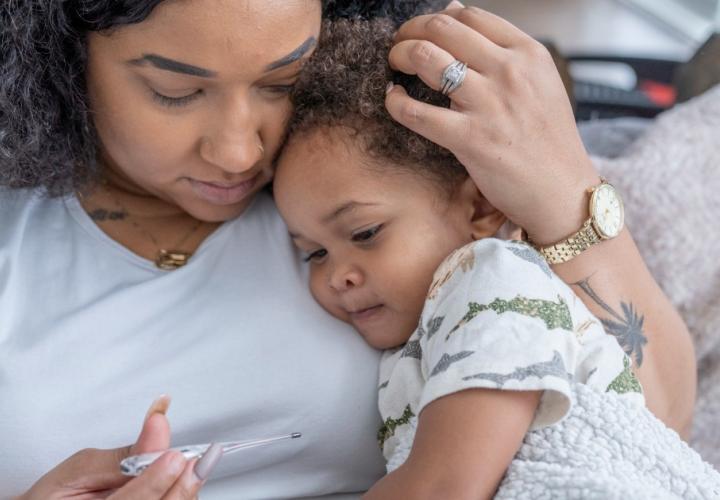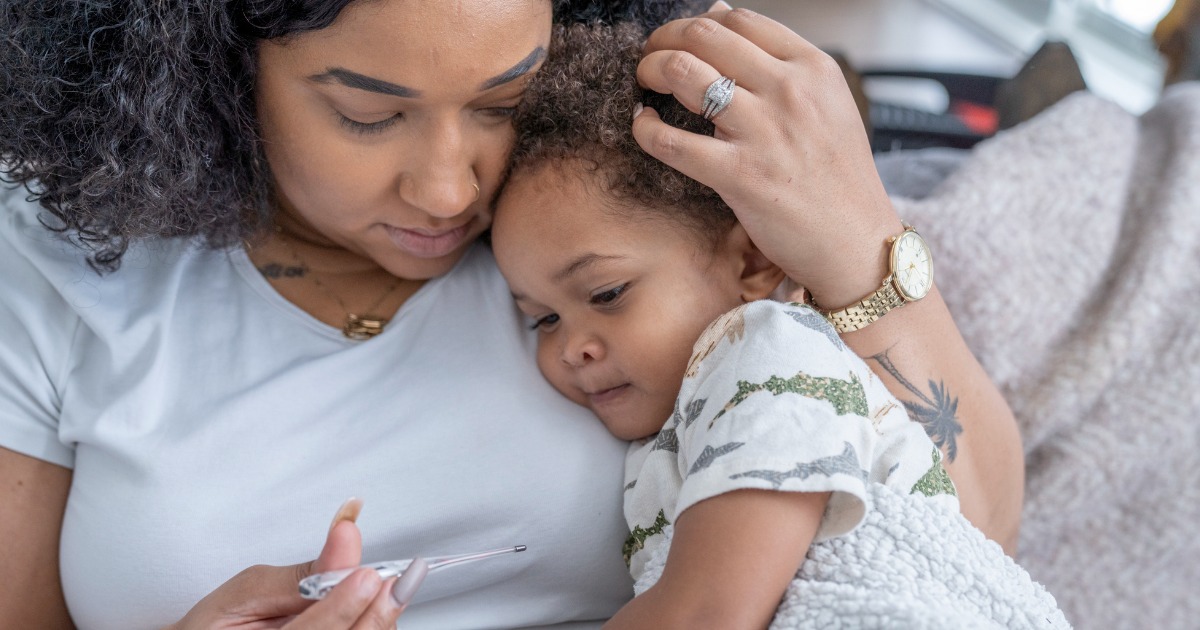What is parechovirus?
Parechovirus is part of a group of common viruses known as enteroviruses. Enteroviruses usually cause mild illnesses. For example, most parents have become familiar with hand, foot and mouth disease. Other viruses in the enterovirus family can cause fevers, conjunctivitis (eye infections), sepsis and neurological infections.
How do you get parechovirus?
Like most viruses, parechovirus and other enteroviruses are spread through respiratory droplets, saliva, and hands or objects contaminated by feces.
Why can parechovirus be so dangerous for infants and newborns?
For most children who are infected, parechovirus symptoms are mild and cannot easily be differentiated from other viral infections. The challenge right now is the CDC has identified more cases of parechovirus type 3 (PeV-A3) which causes more severe symptoms in young infants, especially those under 3 months of age. There is no simple test for this virus, but if a child has more severe disease and needs to be hospitalized, specialized tests are available.
So even though parechovirus is a common seasonal illness, PeV-A3 is being recognized as causing more severe disease this year. That’s why healthcare professionals everywhere are staying on the lookout and are prepared to take any precautions necessary.
If I have an infant or newborn, what should I watch out for?
Serious cases of parechovirus can cause sepsis-like infections in infants. It can also affect the central nervous system and cause encephalitis which can lead to brain swelling and seizures. This is because the immune system’s inflammatory reaction to the infection goes into overdrive trying to fight the virus—which becomes damaging to the body.
Because infants cannot communicate what’s going on when they have an infection like parechovirus, parents and caregivers should look out for:
- Poor feeding or vomiting, or eating very little
- Spreading red rash
- High fever, especially if persistent.
- A fever may not always be present.
- Floppiness or abnormal movements, a possible sign of a seizure
- Extreme irritability and difficulty to console despite efforts
Please note that most babies who are hospitalized with parechovirus recover within a few days. Rarely are cases fatal, but we can never be too careful.

